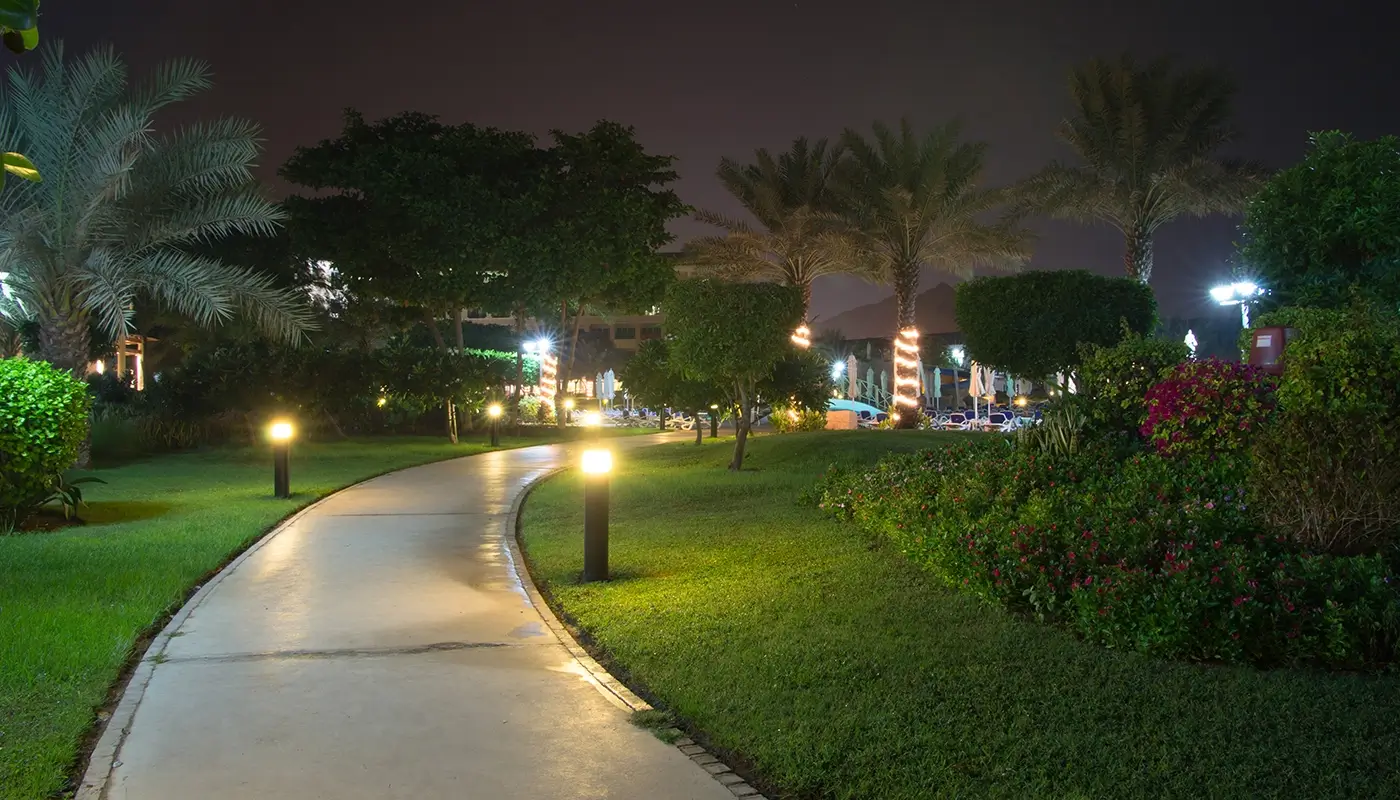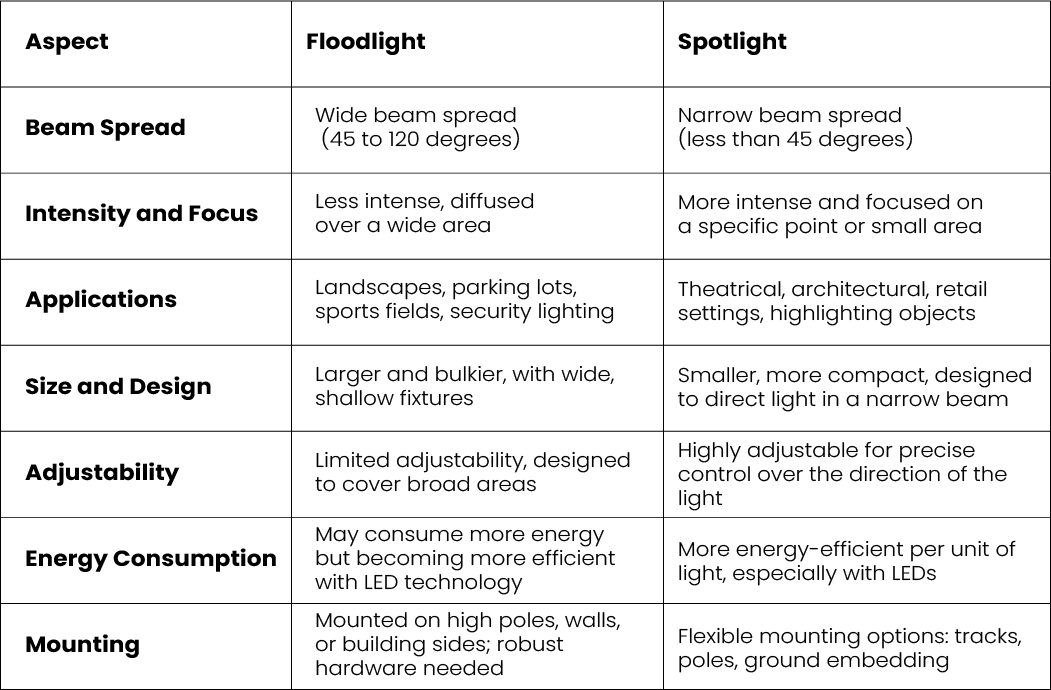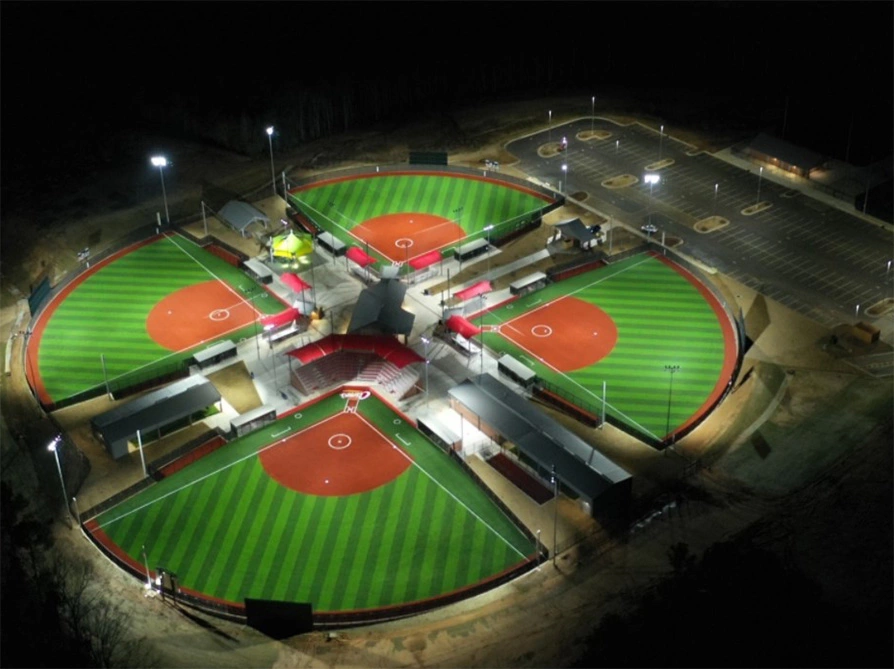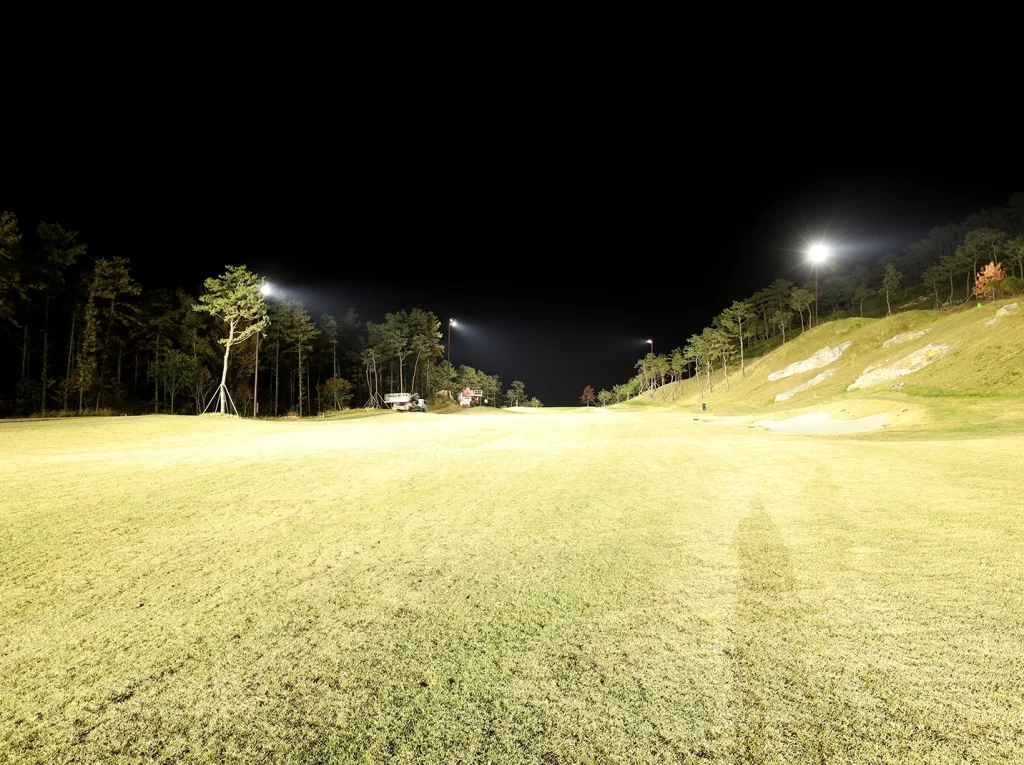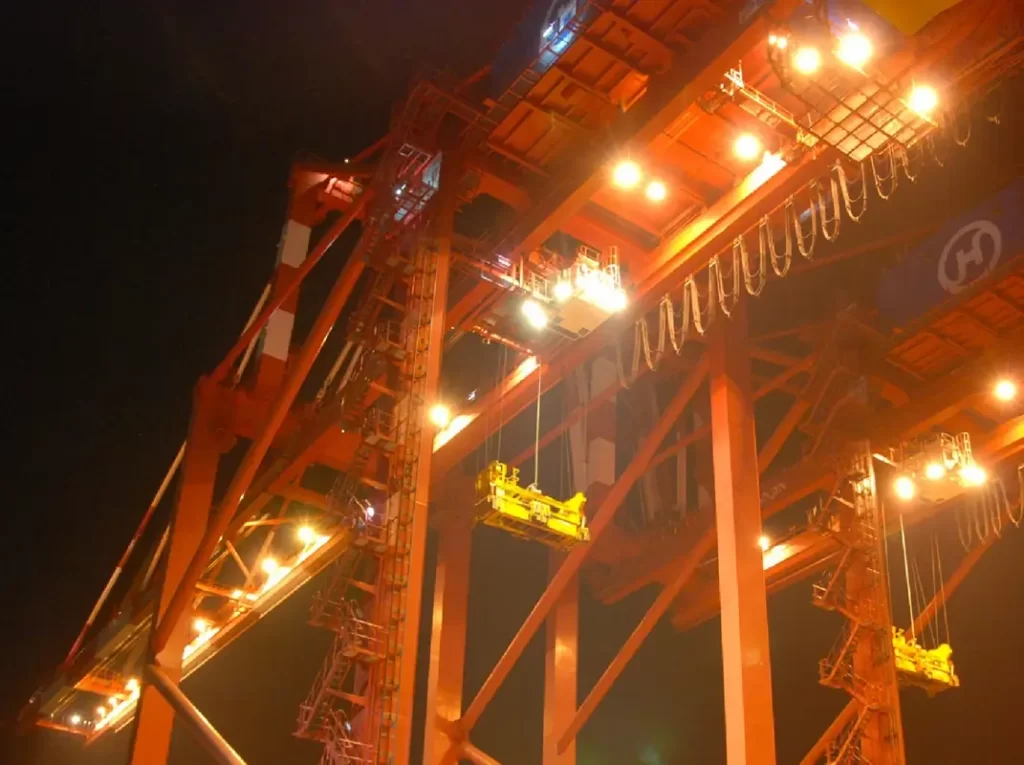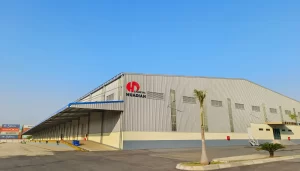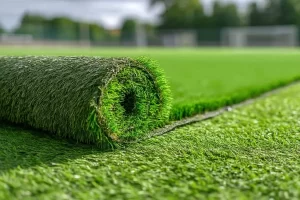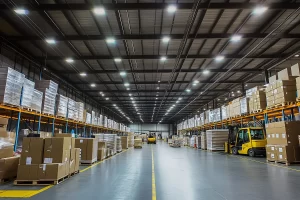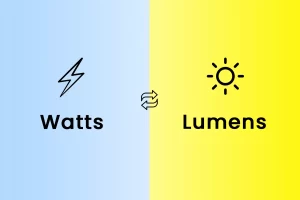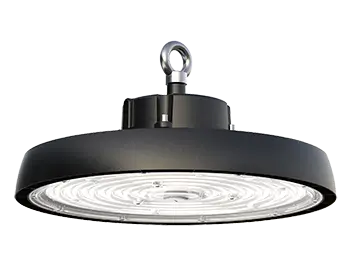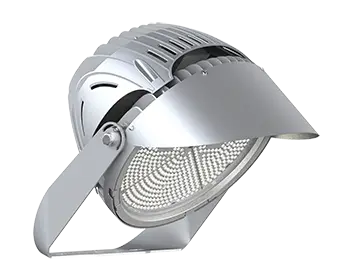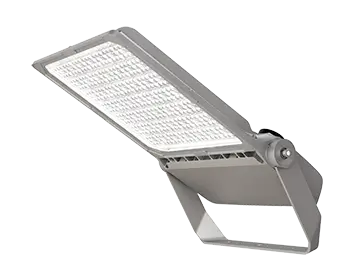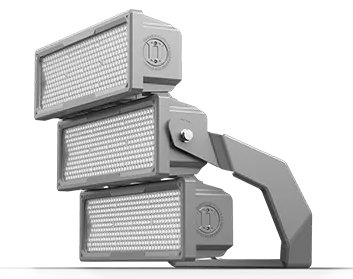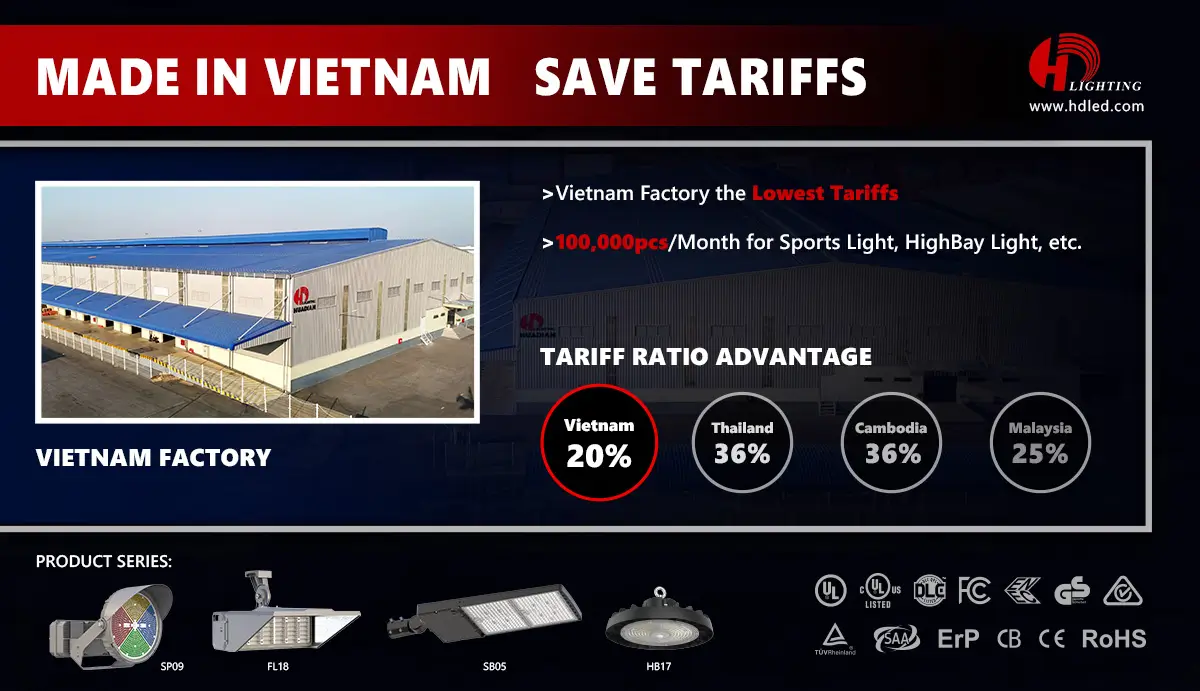When it comes to outdoor lighting, two popular types are flood lights and spotlights. Both serve distinct purposes and are used in different scenarios. Understanding the differences between them is crucial for anyone looking to make an informed decision for their lighting needs.
Beam Spread (Angle of Light)
- Floodlight: Floodlights have a wide beam spread, typically ranging from 45 to 120 degrees. This allows them to illuminate a large area with a relatively even light distribution. They are designed to ‘flood’ an area with light.
- Spotlight: Spotlights have a narrow beam spread, usually less than 45 degrees. They focus light on a specific point or a small area, creating a concentrated beam of light.
Intensity and Focus
- Floodlight: Generally less intense than spotlights. The light is diffused over a wide area, resulting in less intense light on any particular spot.
- Spotlight: More intense and focused. The narrow beam of a spotlight can illuminate objects at a greater distance than a floodlight can.
Applications
- Floodlight: Commonly used for outdoor applications such as lighting up landscapes, parking lots, and sports fields. They are also used for security purposes, providing broad illumination around buildings.
- Spotlight: Often used in theatrical, architectural, and retail settings. They are ideal for highlighting specific objects or areas, such as artwork, products in a store, or performers on a stage.
Size and Design
- Floodlight: Typically larger and bulkier due to their need to cover a larger area. They often have wide, shallow fixtures.
- Spotlight: Usually smaller and more compact, with a design focused on directing light in a narrow beam.
Adjustability
- Floodlight: Often designed with limited adjustability since their primary function is to illuminate broad areas.
- Spotlight: Usually highly adjustable, allowing precise control over the direction of the light. This is important for tasks like stage lighting or highlighting specific objects in a display.
Energy Consumption and Efficiency
- Floodlight: May consume more energy overall due to the larger area they need to illuminate, but advancements in LED technology have made them more energy-efficient.
- Spotlight: Can be more energy-efficient per unit of light due to their focused nature. LED spotlights are particularly efficient for targeted lighting.
Mounting and Installation
- Floodlight: Often mounted on high poles, walls, or the sides of buildings. They may require more robust mounting hardware due to their size and weight.
- Spotlight: Can be mounted in a variety of ways, including tracks, poles, or embedded in the ground. Their smaller size generally allows for more flexible installation options.
In summary, floodlights are best for illuminating large areas with a wide, less intense light, while spotlights are used for focusing intense light on specific points or areas. The choice between the two depends on the specific lighting needs of the situation.


